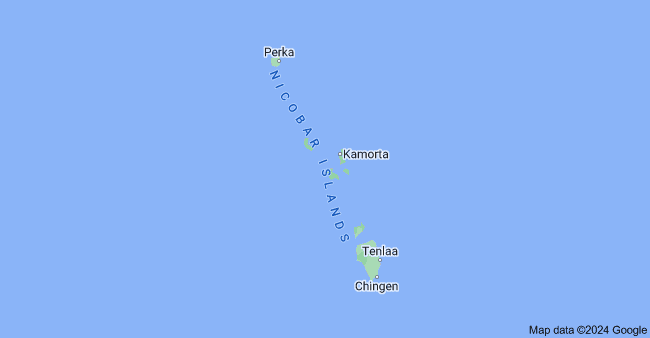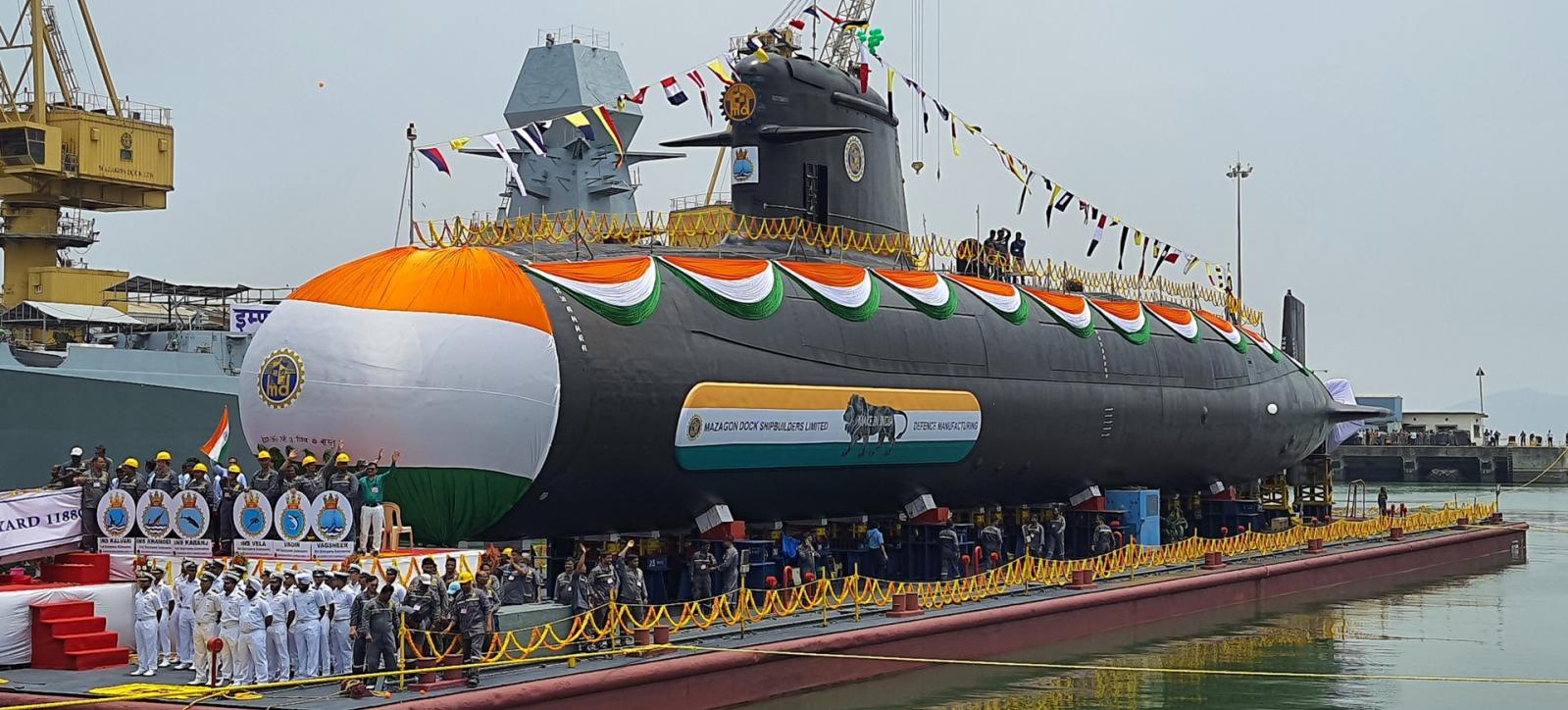First Time Deployment
Indian Navy officials from the Eastern Naval Command announced yesterday, March 24th, that a Kalvari-class submarine made an inaugural trip to Campbell Bay, which is the southernmost Indian port in the Nicobar Islands group.
A Kalvari class submarine makes history with its inaugural visit to Campbell Bay, the southernmost Port of India in the #Nicobar group of islands.
This marks the first ever visit by a #submarine of this class to this strategic port amplifying #IndianNavy's… pic.twitter.com/HAp27OI6dV
— Eastern Naval Command (@IN_HQENC) March 24, 2024
Nicobar Islands
The Nicobar Islands are a group of islands within the Bay of Bengal, a part of the eastern Indian Ocean, around 810 miles (1,300 km) southeast of mainland India.
India considers them a “union territory,” meaning they are governed by the central government, and declared them as such in 1956.
The nearby Andaman Islands are also grouped with the Nicobar Islands, make up a total of eight hundred and thirty-six islands, though only thirty-one are inhabited.
There is a naval base on the Nicobars, the INS Jarawa, built in 1964 in the capital of Port Blair.

Kalvari-Class Submarine
The Indian Navy operates five Kalvari-class, formally “Project 75,” submarines, and plans to build at least three more.
The Kalvari-class made by two manufacturers, the French Naval Group and the Indian Mazagon Dock Limited. The Kalvari is an export model of the French Scorpène-class submarine. India ordered six in 2005.
The first Kalvari-class submarine, the INS Kalvari S21, was commissioned in 2017. Each unit costs around 710 million USD (592,939,014 Indian Rupees). Munitions aboard consist of six 21-inch tubes that can hold eighteen Surface and Underwater Target (SUT) torpedoes and SM39 Exocet anti-ship missiles, or thirty sea mines.

The sub is powered by diesel-electric engines with a top surface speed of 11 knots (20 km/h or 13 mph) and a submerged speed of 20 knots ( 37 km/h or 23 mph). Other noteworthy features include Air-Independent Propulsion (AIP) system, which allows the submarine to operate without access to fresh air.
The Kalvari-class has been described as very capable and reportedly some of the best in the Indian Navy. Their primary role is the sinking of enemy vessels; however, they can perform other roles such as anti-surface warfare, intelligence gathering, mine laying, and anti-submarine warfare.
Analysis
The Andaman and Nicobar Islands play a crucial role for India within Southeast Asia. The island chain allows India to monitor all Sea Lines of Communication (SLOC) that go within the Indian and Pacific Oceans through the Strait of Malacca, the shortest route from India to China. This, for good reason, is a trading hub for the whole world, and the ability to monitor all traffic is crucial.
Further development on these islands will allow India to have better abilities to control the access to the chokepoints in the area. Additionally, it grants India access to the natural resources that lie within the area.
As China steps up its presence in the region, India is following suit. Docking a submarine here will be a good decision as it also allows for faster deployment of units and a quicker response time in the event of conflict.


